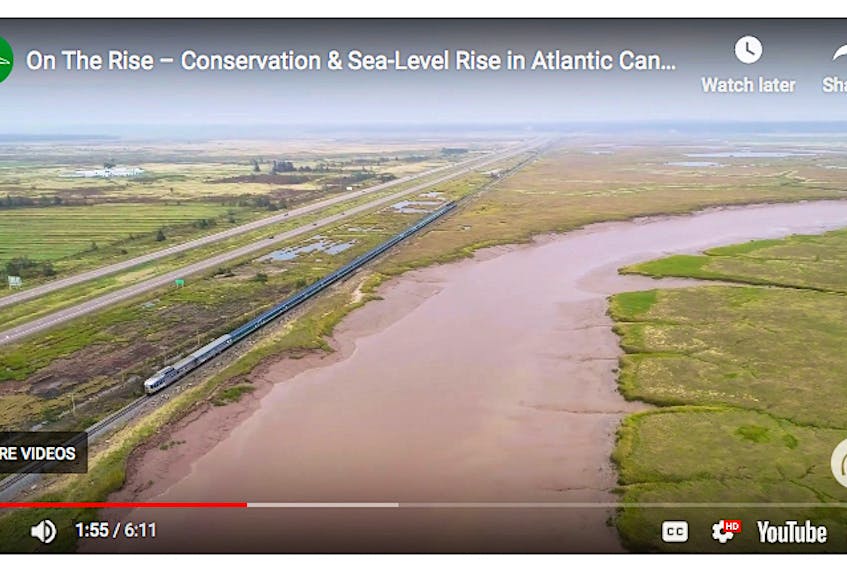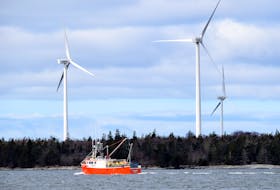SACKVILLE, N.B. — When talk turns to sea level rise and the crippling effect it is having on our coastlines, people don’t always think of Ducks Unlimited.
But the organization is aiming to change all that.
Ducks Unlimited Canada recently launched an awareness campaign that will help citizens better understand the critical role DU is playing in the fight against climate change.

Chelsea Murray, Ducks Unlimited’s communications specialist for Atlantic Canada, said this campaign, which is being done in collaboration with their colleagues in British Columbia, will hopefully encourage more discussion around the work DU is doing and how it is directly linked to mitigating the impacts of rising sea levels on Canada’s coastlines.
Murray said as storms continue to rise in intensity, such as Hurricane Dorian that struck this fall, the concerns over the effects of climate change, particularly for those living along the coast, are becoming much more real. And so it’s important for everyone to start thinking about how to start adapting the coastlines with that new reality in mind, she said.
“We want to be a part of that conversation and really draw attention to the issue because it’s something that all of us, on the east coast and the west coast as well, are going to have to deal with in the coming years,” she said. “It really is happening and we need to be thinking about it.”
Ducks Unlimited has, for more than 80 years, been doing wetland conservation and restoration work that has become an integral part of climate change adaptation and creating coastal resistance. With more than 11,000 habitat projects completed across the country and 6.4 million acres of habitat conserved, DU’s research has provided valuable insight into the importance of conserving and restoring these salt marsh areas.
“Salt marshes provide coastal protection,” said Nic McLellan, research biologist for DU Atlantic.
McLellan said restoring salt marsh to its natural state is one viable solution in the fight against sea level rise. He said salt marshes act as a sponge on the landscape, providing an “extra layer of protection” against tidal and wave action.
One of DU’s most significant restoration projects in Atlantic Canada happened in the Aulac area about 10 years ago, along the Tantramar marsh near the New Brunswick/Nova Scotia border where waves were destroying an agricultural dike intended to keep water in the Cumberland Basin from flooding farmland. By restoring a salt marsh between the damaged dike and a newly-constructed one, waves were buffered, preventing a lot of further erosion. Today, the marsh’s soil and vegetation continue to help stabilize the area.
DU Atlantic is also doing this type of work in areas like Kentville, Nova Scotia, and the Musquash Marsh in New Brunswick, among other locations.
“In Atlantic Canada, we’ve lost so much salt marsh to development over the past 200 years so we really like the idea of, whenever we can, restoring coastal marsh back to its natural state,” said Murray.
The awareness campaign highlights this critical work, as well as the collaboration and partnerships DU has developed in the Tantramar and Cumberland areas when it comes to climate change adaptation – with NGOs, provincial government officials, municipal representatives and many others.
“There is such a risk to the landscape and to towns and to property, so people are really thinking ahead there,” said Murray. “They know the water is going to come up so they’re looking at, what can we do in the area to mitigate that.”
For more on the campaign, click here.
RELATED:
Mayors along NB/NS border calling on government to take action on dikes









